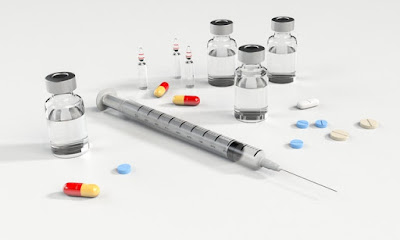 |
| Image courtesy of Daniel Frank at Pexels.com |
The world is the midst of what can only be called a digital economy based on the exchange of products, services and information through digital means. We aren’t only talking about the way information technologies have become a part of everything we do nowadays, but also how the management of such information and how it is allowing us to work faster and in smarter ways. It started to be this way back in the 1990’s, when we truly saw a difference and realized that information technology was to be taken seriously since it could potentially change the way we do business. In the United States alone we saw a change brought forth by the possibility of faster computer processing, The Internet being the prime vehicle for e-commerce and how mobile devices became more powerful by the day, has made it so that productivity more than doubled in a decade and information technology is to be credited for it.
With all that being said, we cannot ignore the fact that initially, the healthcare sector was left behind in this revolution of the industry. There were many reasons for that, and some of this information has been covered here in Sudir Raju’s Blog before, but we can say that it has a lot to do with the fact that much of the activity that goes on with healthcare revolves around charting and management of paperwork. Children today are having medical records that do not rely on paperwork at all, but the majority of the population today comes from a generation not too far back that still relied on physical paperwork that stored important health information. This becomes more apparent with individuals who have traveled a lot, and in this era of globalization, it happens more often than not, that immunization records and medical information is still making the transition between paper and digital.
The incorporation of information technology in the healthcare sector has in the most part done away with the lost of records, the inability of holding all the information that is needed as the number of patients grow and last but not least, the ineffective manner in which medical information had to me processed and analyzed before we had the technology to truly index and cross-reference information across platforms and using the latest advances offered by IT.
One of the most important aspects influenced by the advent of the incorporation of information technologies in the area of healthcare comes in the form of dramatic savings passed down as a consequence of more efficient practices. Healthcare is not only expensive in the United States; it is also very wasteful when it comes to having inefficient procedures. It is estimated that 50% of medical expenses are derived from procedures that have to be done all over again due to errors associated with traditional methods of delivering and sharing information. Something as simple as having lab results with faster turnaround times can make a difference when it comes to freeing up time to do what truly matters most in healthcare, the well-being of patients.
 |
| Image courtesy of Pixabay at Pexels.com |
The involvement of patients into their own care has always been instrumental for empowering them to take care of their health and at the same time be more in sync in the work physicians do so they can work as a team. People who have access to their own health history and are able to use the internet to get educated about treatment, support communities and better diagnosis will only become better patients. The ability to interact with health administrators, nurses and doctors faster can help patients feel like they are important and better value their healthcare team. Being able to form stronger bonds is something that health informatics is accomplishing by leaps and bounds every day.
Some people believe there may be some negative sides to this. They feel that so much involvement from the side of technology can create a big rift in the doctor-patient relationship by making it more impersonal. However, that may not be the case, as the technology is used as a tool to create better opportunities, not a replacement for a bond that simply cannot be broken when ethics are the foundation of such relationships.
No comments:
Post a Comment
Note: Only a member of this blog may post a comment.